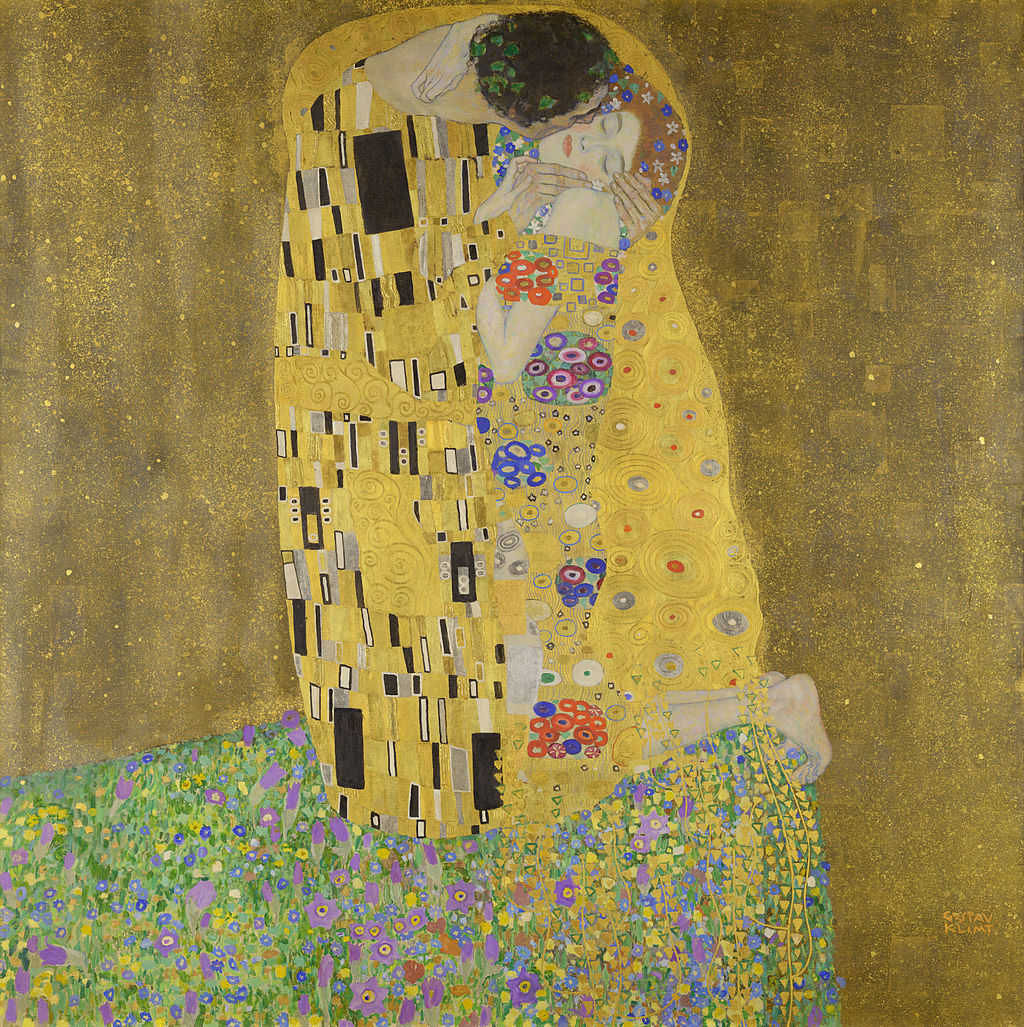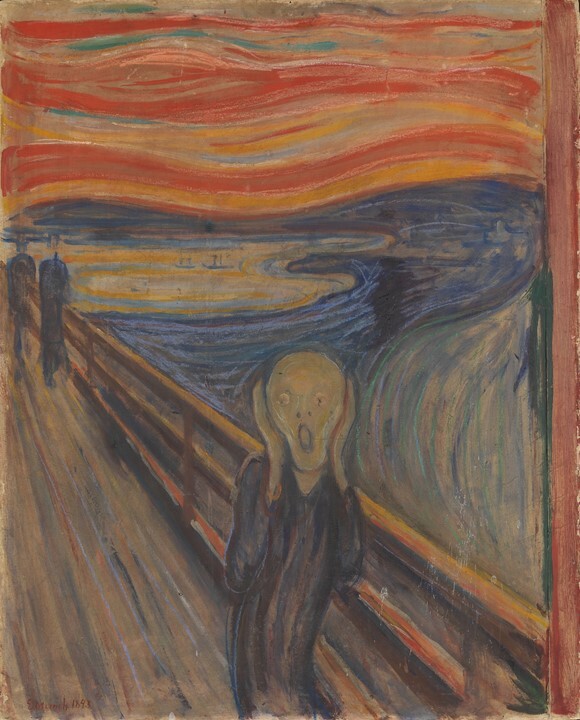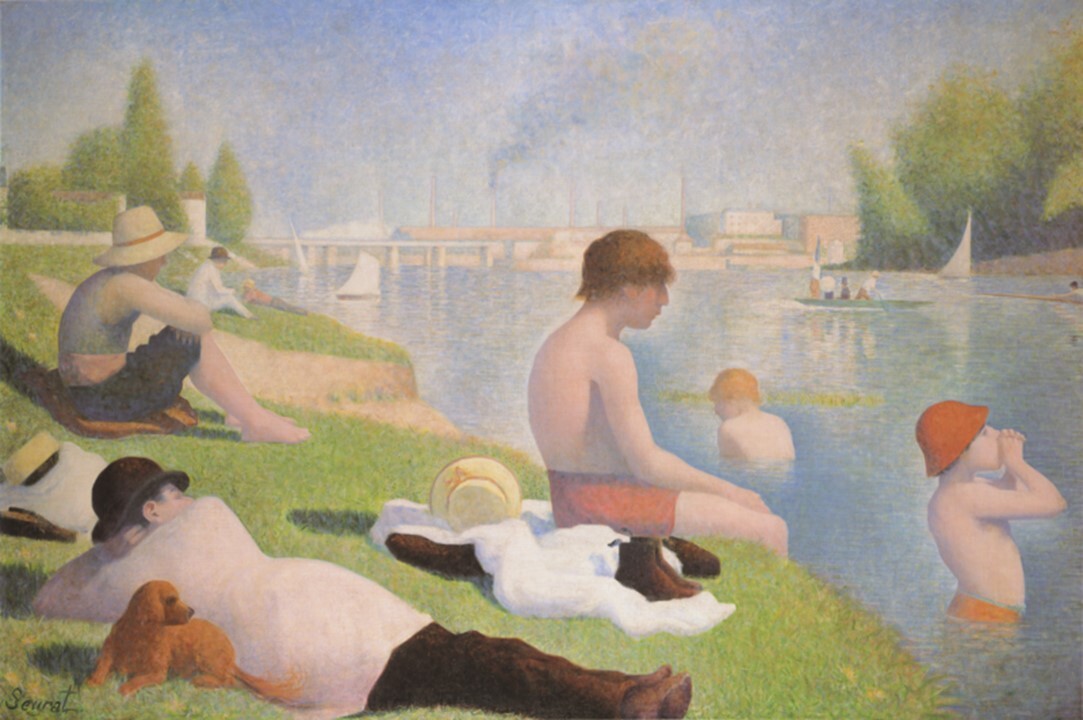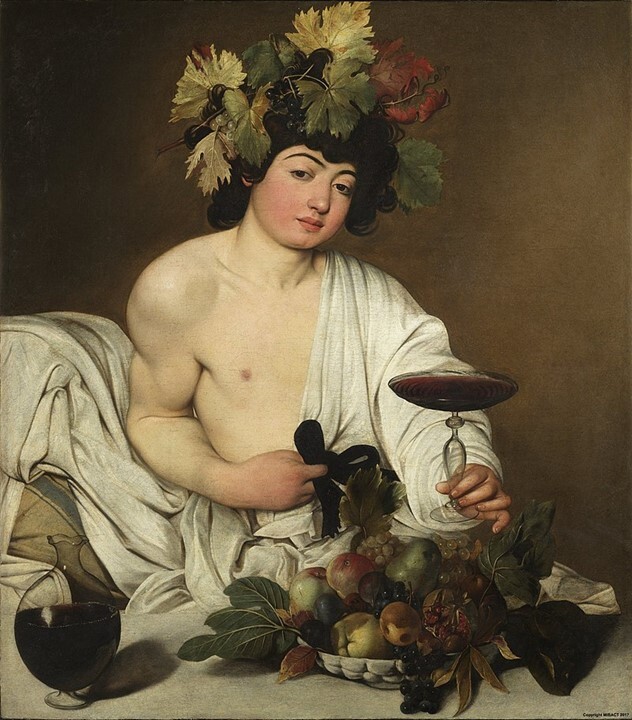Webinar
Neuroscience and Art: A New Way of Looking at Things
Webinar
Neuroscience and Art: A New Way of Looking at Things
November 18, 2021
On November 17, Winston & Strawn hosted a virtual event for clients and alumni titled “Neuroscience and Art: A New Way of Looking at Things.” During the webinar, art historian Annabel Howard and neuroscientist Dr. Helena Boschi discussed the ways that art nourishes humans’ neural, cognitive, psychological, and biological systems. For example, the longer we allow ourselves to connect with a piece of art, the more we experience “embodied cognition,” a mental process that activates the same neurons as the artist at the time of the painting’s creation. Art also teaches us how to slow down, pause, reflect, think, and assess, all of which help us fully absorb subject matter before reaching a conclusion.
Annabel and Dr. Boschi alternated between examining the personal and societal crises that shaped the lives and work of iconic painters and discussing the effects of those experiences on the mind. This provided opportunities for self-reflection through the lens of such masters as Leonardo, Caravaggio, Klimt, Munch, and Van Gogh.
Here are some of the touchpoints and insights that the hosts provided during the session:
Approach & Avoid
The Kiss by Gustav Klimt provides a very literal example of how the left and right hemisphere of the brain guide approach and avoidance. The left hemisphere (“approach”) controls the right side of the body while the right hemisphere (“avoid”) controls the left. Thus, as demonstrated in this painting—and countless other works of art—when humans kiss, we tend to lean to the right driven by our “approach” side. By exercising that “approach” side of our brain through staying busy in times of stress, we can build and strengthen our resilience.

The Kiss, Gustav Klimt
Symmetry & Connection
Studying Leonardo da Vinci’s Vitruvian Man, an iconic depiction of symmetry and connection with the external world, can help a viewer achieve a state of balance. The longer we live in a state of flux, the more important it is to find different ways to regain the type of balance depicted by Leonardo. It is vital that, as we work towards finding our feet again, we discover ways of accepting a state of “not knowing” that will help us develop a higher level of tolerance for uncertainty and ambiguity.
Express Yourself
Over the last several of years, many of us have felt like the main subject of Edvard Munch’s The Scream. In this piece, Munch expresses the importance of articulating how we feel, regardless of how uncomfortable it may be. Learning how to express ourselves in this way can help quell anxiety and quiet the brain’s alarm bells.

The Scream, Edvard Munch
Patterns & Truth
The painting Bathers at Asnières by Georges Seurat reminds us to slow down and notice seemingly unimportant details as we search for comprehension and truth. Our brains form patterns that fill gaps, help us interpret incoming information, and consequently make sense of the world. People use heuristics, or cognitive short cuts, and see what they want to see, making us susceptible to inadvertent blindness and cognitive errors.

Bathers at Asnières, Georges Seurat
Finding possibility
As exemplified in Michelangelo’s Creation of Adam, there are always new perspectives. This holds true even when we think everyone’s opinion has been voiced and every point of view heard—we can still learn to see possibility in all things.
Staying Curious
Caravaggio’s Bacchus is a good example of why we need to stay flexible and curious, even when we don't have all the answers. When we search for new ways of seeing a situation, we can engage more deeply with what we are experiencing. One question will often lead to another as we peel back the layers.

Bacchus, Michelangelo Merisi da Caravaggio
